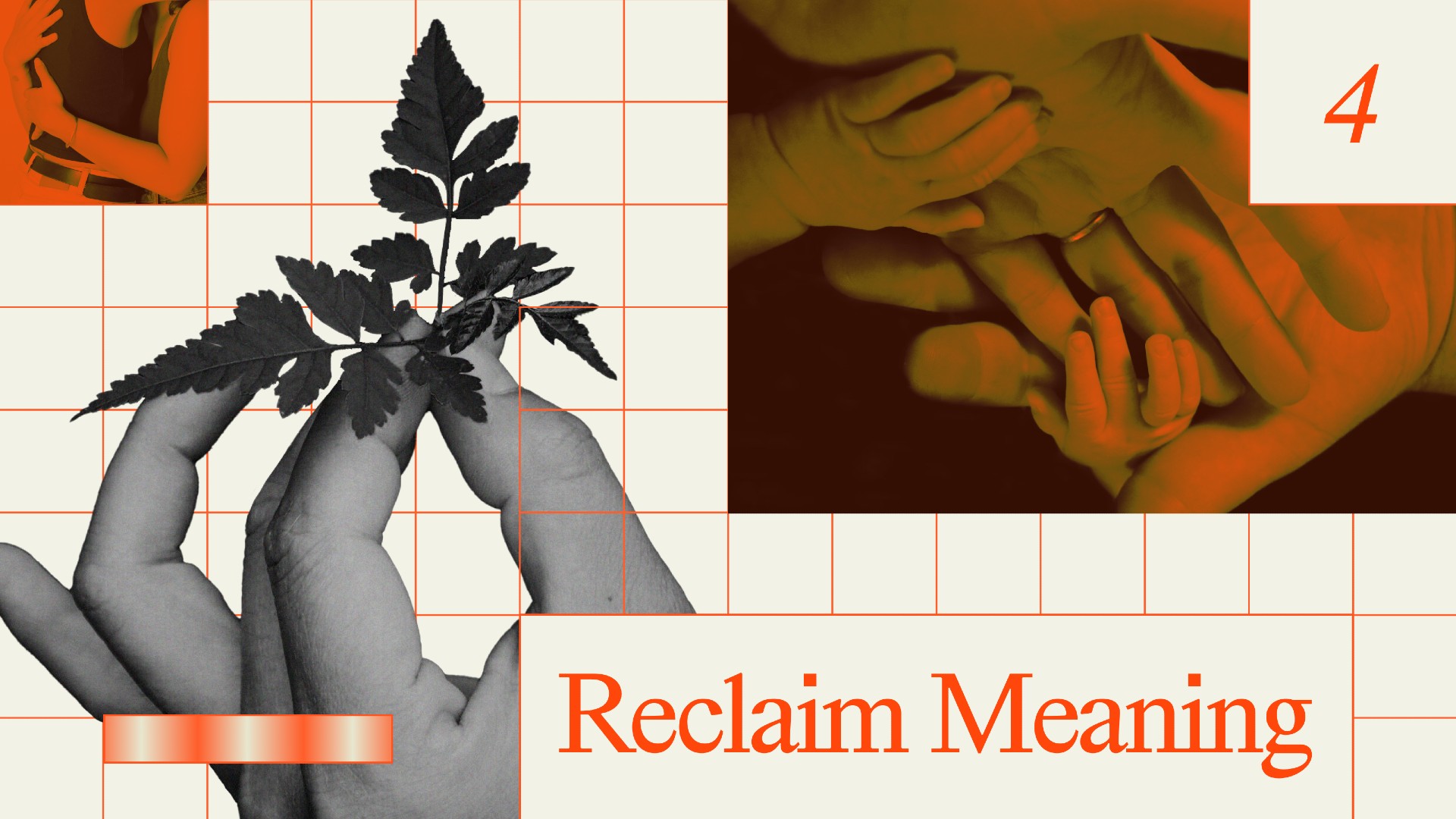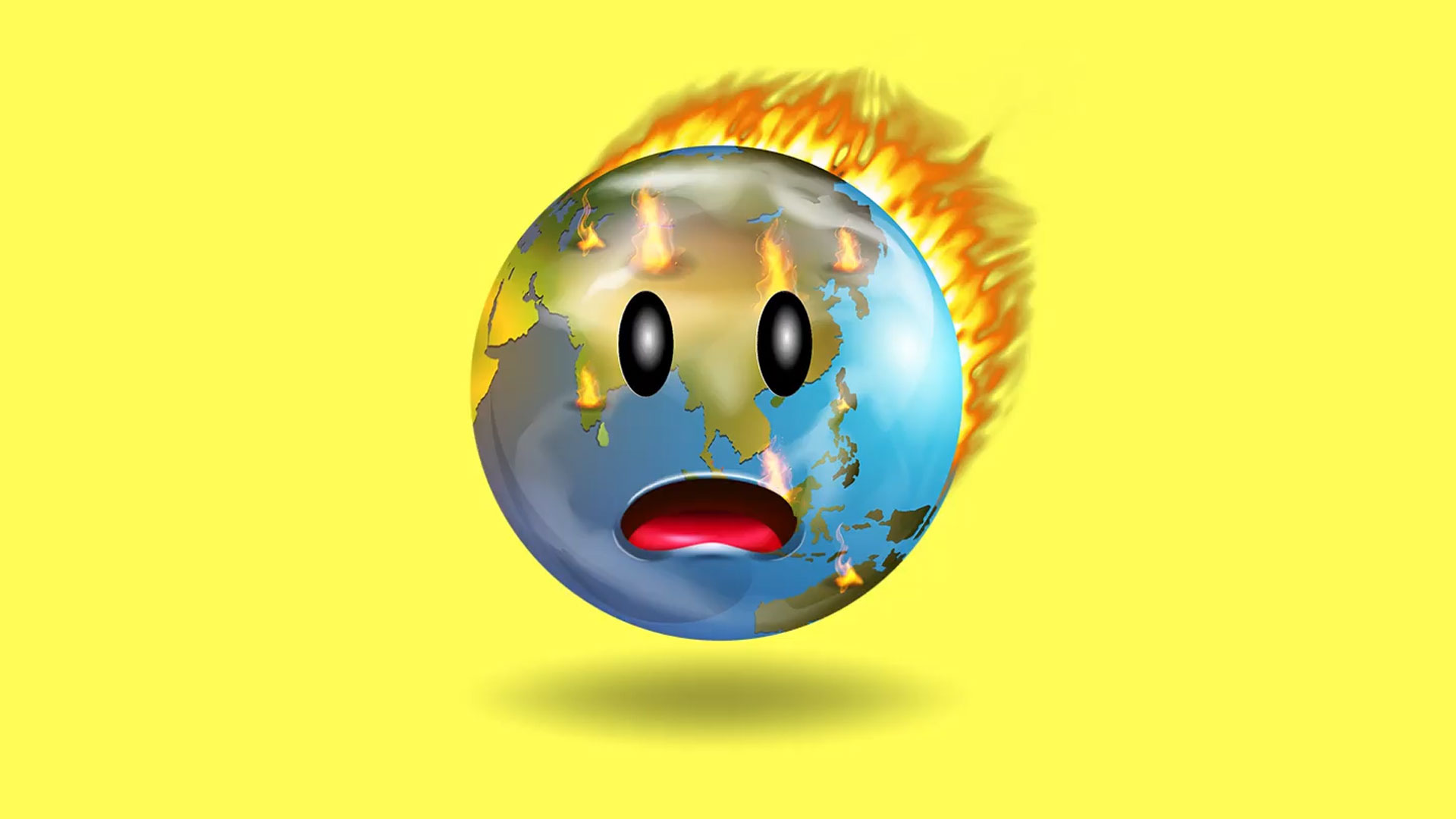Changing Jobs in Your Twenties Could Lead to a More Fulfilling Career

Career mentors have warned 20-something graduates against job hopping. One or two years with a company makes you seem fickle and unreliable. It’s frightening to think about, especially when you find out you’re not at a job you like. But those notions may not hold true according to Derek Thompson of The Atlantic.
One group of researchers found young workers are quitting to “sample occupations” in order to “learn the occupation in which they are most productive.” This has attributed to a rise in the unemployment rate for that age group, but they aren’t staying unemployed for long.
The research group found young workers are, indeed, more likely to leave their jobs and spend more time in a “transitional period” before they seek out more work. The wording makes it sound more like an excuse than an educated response, and surely potential employers would associate this kind of job-hopping and employment gaps on an employee’s resume as non-committal, but HR doesn’t seem to bat an eye. Henry Siu, a Professor at the Vancouver School of Economics and one of the authors of the study, actually believes this behavior is beneficial in the long-run.
“People who switch jobs more frequently early in their careers tend to have higher wages and incomes in their prime-working years. Job-hopping is actually correlated with higher incomes, because people have found better matches—their true calling.”
As it turns out, waiting for job satisfaction to come may be the worst possible option for 20-somethings. Job-hopping, as Siu suggest, provides more options to find a fulfilling, higher-paying job later on in life.
Siu says the trend of young people hopping from one job to the next hasn’t changed since the 1970s or 1980s, but what is interesting is that the rate of switching occupations is on the rise.
“For the HR person considering a young worker, it’s not true to say, ‘If I hire them they are more likely to leave my firm.’ That likelihood hasn’t changed. But if that person does leave my firm, the next job is more likely to be totally different.”
In his Big Think Interview, Tal Ben Shahar recalls the best career advice he was given: figure out what you really really want to do—life is far too short to whittle away time, we barely have enough of it to do what we want:
Read more at The Atlantic
Photo Credit: Shutterstock





